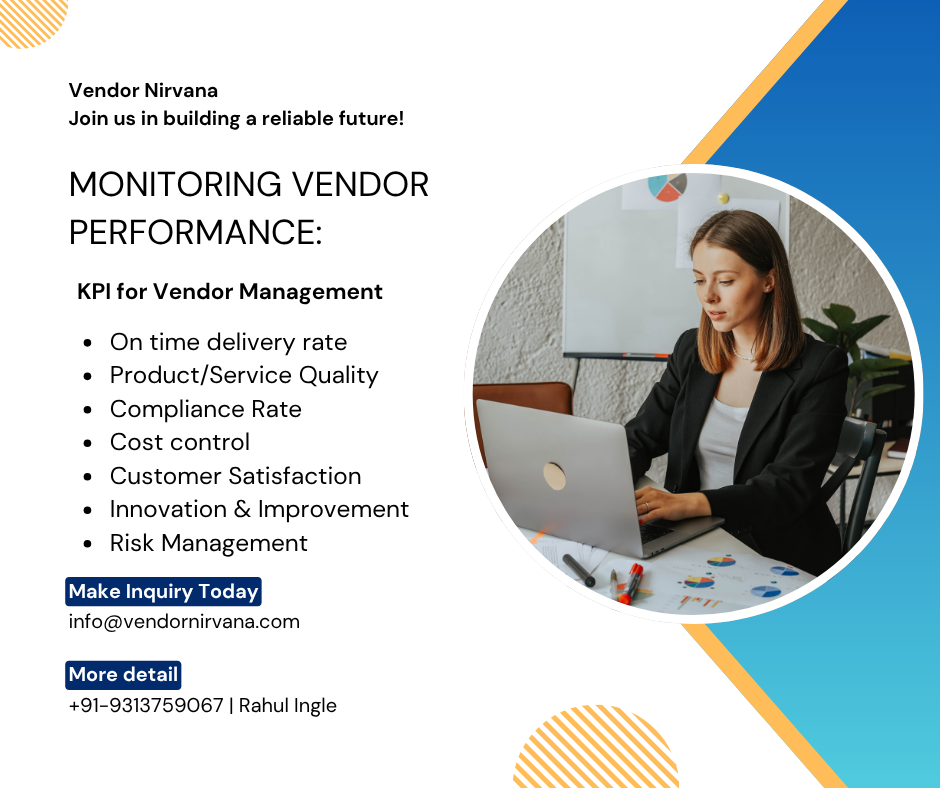How a Vendor Management System (VMS) Drives Success
Why Vendor Performance Monitoring Matters
In today’s competitive US business landscape, onboarding vendors is just the beginning. The real differentiator is how you monitor and manage vendor performance. Effective vendor performance monitoring ensures your suppliers consistently meet quality, compliance, and delivery standards, directly impacting your bottom line and business reputation.
What Is Vendor Performance Monitoring?
Vendor performance monitoring is a structured process of tracking, evaluating, and improving the output and reliability of your suppliers. A modern Vendor Management System (VMS) automates and streamlines this process, providing real-time dashboards, performance scorecards, and feedback mechanisms to keep vendors accountable.
Key Performance Indicators (KPIs) for Vendor Management
Setting clear, actionable KPIs is the foundation of vendor performance monitoring. Here are the most impactful KPIs for US businesses:
| KPI | What It Measures | Why It Matters |
|---|---|---|
| On-Time Delivery Rate | Percentage of orders delivered on schedule | Reduces operational delays |
| Product/Service Quality | Defects, returns, or error rates | Ensures customer satisfaction |
| Compliance Rate | Adherence to contracts, regulations, and SLAs | Minimizes legal and financial risks |
| Cost Control | Price stability, cost savings, avoidance of overpay | Protects profit margins |
| Customer Satisfaction | Feedback from internal and external stakeholders | Drives long-term relationships |
| Innovation & Improvement | Proposals for process or product enhancements | Keeps your business competitive |
| Risk Management | Incident frequency, breach reports | Safeguards business continuity |
Tracking these KPIs through a VMS enables data-driven decisions and early identification of underperformance.
How a VMS Makes Performance Monitoring Effortless
A robust Vendor Management System provides:
- Centralized Data: All vendor records, contracts, and compliance documents in one place for easy access and audit readiness.
- Automated Dashboards: Real-time tracking of KPIs, visualized for quick insights and trend analysis.
- Regular Reporting: Scheduled reports keep stakeholders informed and highlight areas for improvement.
- Feedback Loops: Built-in mechanisms for sharing performance reviews and collaborating on corrective actions.
- Compliance Management: Automated alerts for expiring certifications or non-compliance issues, reducing risk exposure.
Best Practices for Effective Vendor Performance Monitoring
To maximize the value of your VMS, follow these best practices:
- Set Clear Expectations: Define KPIs and service level agreements (SLAs) during onboarding.
- Monitor Continuously: Use real-time dashboards and schedule regular reviews (quarterly or biannual).
- Communicate Transparently: Share performance data and feedback with vendors to foster improvement.
- Take Action Promptly: Address underperformance with constructive feedback and corrective plans.
- Reward Excellence: Recognize and incentivize high-performing vendors to encourage ongoing improvement.
The Bottom Line
Vendor performance monitoring is not a one-time task—it’s an ongoing process that safeguards your business, reduces risks, and drives long-term value. By leveraging a VMS with robust KPI tracking and feedback tools, US companies can ensure their vendors remain reliable partners in growth and innovation.
Ready to take control of your vendor relationships? Start with a VMS designed for comprehensive vendor performance monitoring and watch your business thrive.







